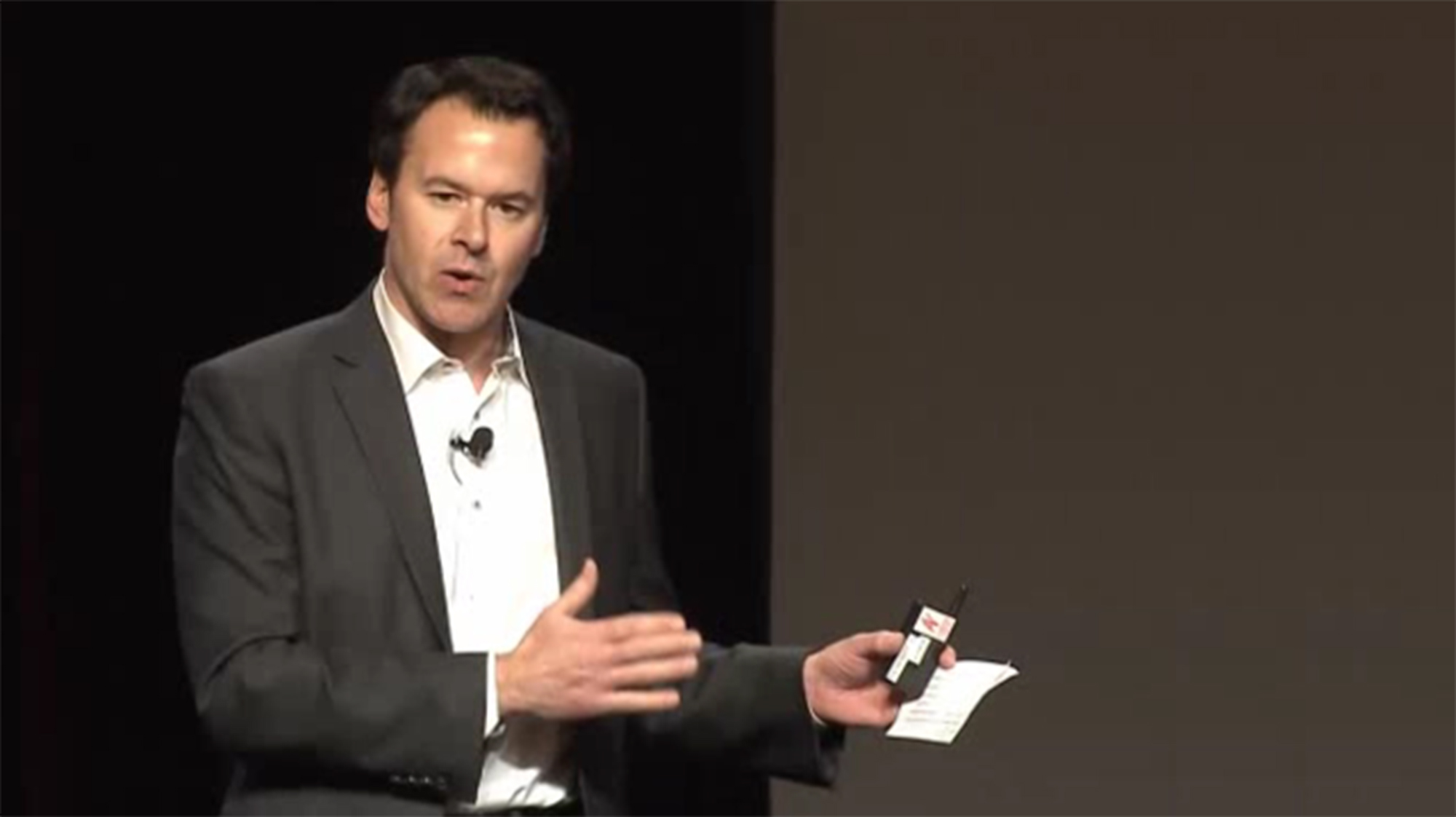Thoughts from The 100: Onboarding
 You probably would not casually throw seeds on the ground, walk away and expect an award-winning garden to pop up in a few weeks. The smart gardener provides good soil, fertilizer and water, and checks in regularly to pull weeds and prop up plants that need a little extra support.
You probably would not casually throw seeds on the ground, walk away and expect an award-winning garden to pop up in a few weeks. The smart gardener provides good soil, fertilizer and water, and checks in regularly to pull weeds and prop up plants that need a little extra support.
Gardening provides a good metaphor for bringing a new employee into your organization. Here are my top three tips for helping new hires to thrive (which you can read more about in my book “The 100: Building Blocks for Business Leadership”):
Set the tone quickly
Newly inaugurated U.S. presidents seek to make a significant mark within their first 100 days in office. That’s important because first impressions matter. In the case of new employees, the first few months are critical in determining whether he or she becomes a valued, long-term employee.
You can begin setting the tone before your new hire’s first day: send flowers with a note of welcome within one week of his or her acceptance. Then send an email explaining what to expect during the first week, about one week before the person’s start date.
The first week on the job is crucial. Take time to explain your company’s history in a personal way, such as over lunch with a few of the employee’s new colleagues. Focus on how the employee fits into your firm’s future and your confidence in him or her.
Check in regularly
I recommend informal check-ins with new employees at 30, 60 and 90 days. Use these conversations to ask how things are going and to determine if the employee understands what he or she should be doing. We always ask if the person needs any training or additional tools, and if there is anything else that might help him/her be more effective. Check-ins usually result in “all is well” comments, but they show employees you are committed to their success and, in rare cases, enable you to catch problems before they get out of control.
Be patient
Remember that gardener waiting for his seeds to grow? It’s a similar process with new people. It takes time to learn a new environment and hit the “sweet spot” where a person is working optimally. In the meantime, be patient and encouraging. And remind them that “a person who never makes a mistake never makes anything at all.”

 This is the first of a series of posts with additional thoughts, examples, and insights from my book, The 100.
This is the first of a series of posts with additional thoughts, examples, and insights from my book, The 100. Intertech has been named
Intertech has been named